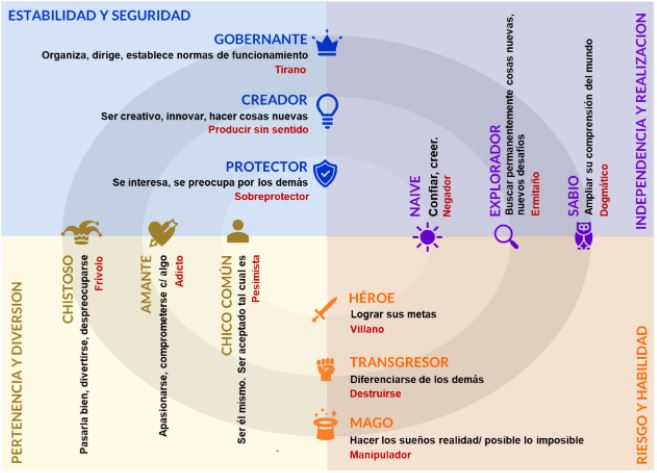Brand personality is one of the pillars in the constitution of a brand identity.
It is a set of human characteristics associated with a brand that includes not only personality traits but also sociodemographic data, physical appearance and lifestyle
Just like us – humans – personality is what allows a brand to obtain a space in the social.
A brand without personality is something little or not at all desirable for the consumer.
While brand personality can help communicate a product attribute – and thus contribute to a functional benefit – primarily it has the power to create an emotional bond with the consumer and/or create a personal expression benefit, so that whoever chooses it, expresses through it their own personality, be it real or aspirational.
Furthermore, personality is distinctive and enduring, forming part of the basis for brand differentiation, especially in categories where brands are similar in product attributes.

Whether it is about developing a new brand or updating the positioning of an existing one (understanding positioning as the part of the brand identity that will be communicated), it is important to ask yourself the following questions:
- How do I want my brand to be perceived?
- What role do I want the brand to play in the lives of its consumers?
- What kind of relationship do I want to be established between the consumer and my brand?
- How can my brand help the consumer?
- In this exercise it is extremely useful to appeal to the archetype scheme to guide the path to follow.
What are archetypes?
They are figures that constitute the collective unconscious, they have great power in determining behavior, they are universal and do not lose validity.
They were named by Carl Jung, they have their correlate in mythical structures and are constantly recreated in literature, cinema and also in advertising.
Each archetype has its positive and negative face, and both aspects must be taken into account, trying to prevent the negative face or “shadow” from clouding the image of the brand or its link with the consumer.
Synthetically, the graph allows visualizing the 12 archetypes located according to the axes of basic motivations, and in relation to different levels of evolution.

This model allows…
- Identify the archetype that corresponds to the category.
- Detect the archetype in which the brands are positioned.
- Determine strengths, weaknesses and aspects to correct.
- Guide courses of action to better exploit the traits of the archetype.
At Intermarket we work with the archetype model as a qualitative analysis tool and we have also developed an instrument for its quantitative validation.

